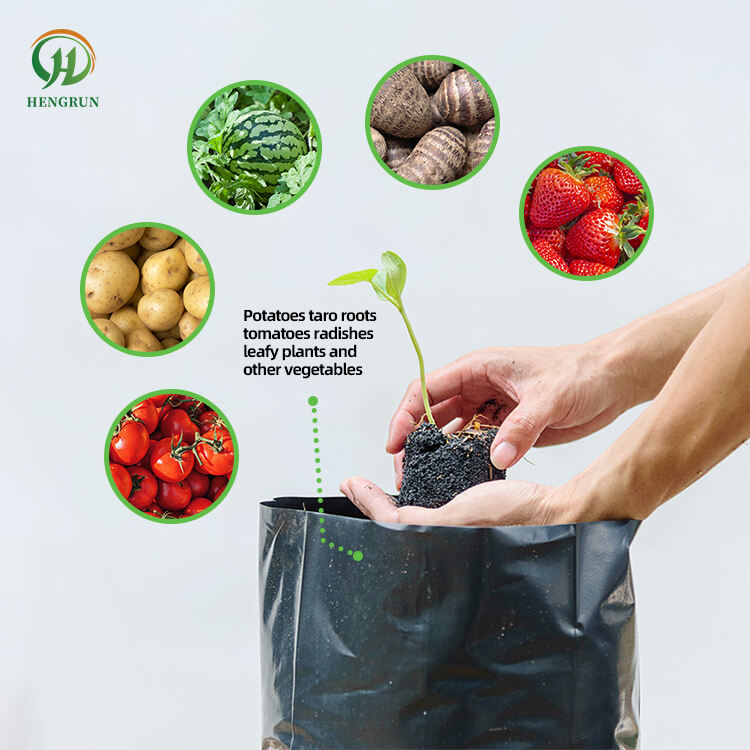thin plastic film
Thin plastic film represents a versatile and essential material in modern manufacturing and packaging applications. This innovative material, typically ranging from a few micrometers to several millimeters in thickness, offers exceptional flexibility and durability while maintaining minimal weight. The film is engineered through advanced extrusion processes, utilizing various polymer compounds to achieve specific performance characteristics. It serves multiple functions across industries, from providing moisture barriers in food packaging to offering electrical insulation in electronics. The film's molecular structure can be modified to enhance specific properties such as UV resistance, thermal stability, or gas permeability. Modern manufacturing techniques enable the production of films with precise thickness control and uniform surface properties, ensuring consistent performance across applications. The material's adaptability allows for various post-processing modifications, including surface treatments for improved adhesion, printing capabilities, or specialized coatings for enhanced functionality. In industrial applications, thin plastic film plays a crucial role in protective packaging, agricultural coverings, and medical device manufacturing, demonstrating its widespread utility and importance in contemporary manufacturing processes.


